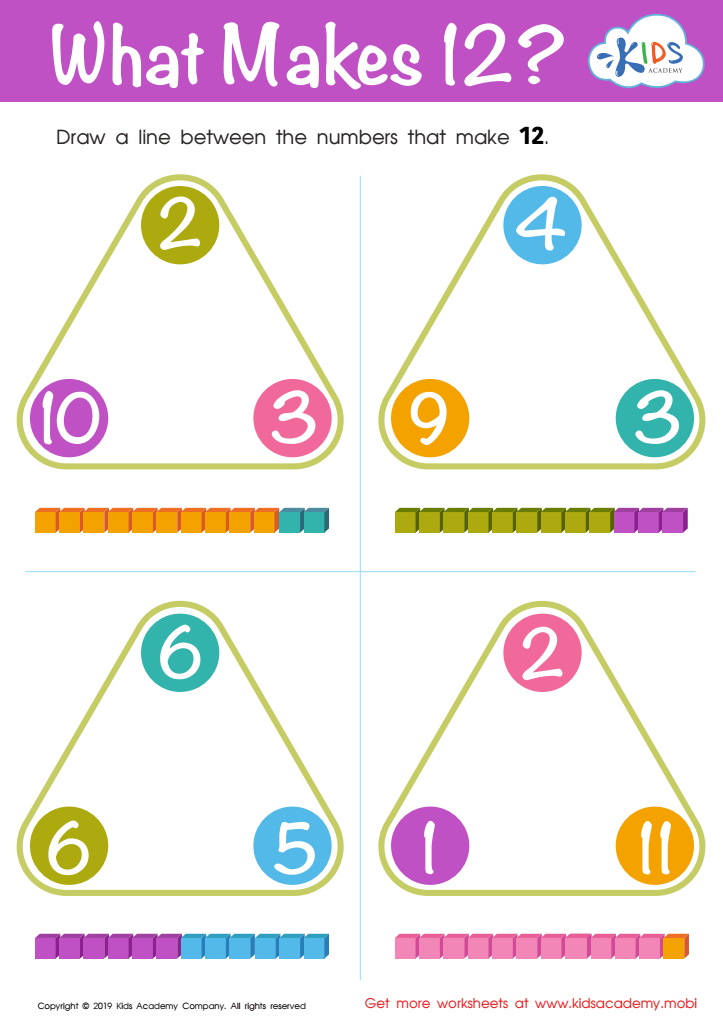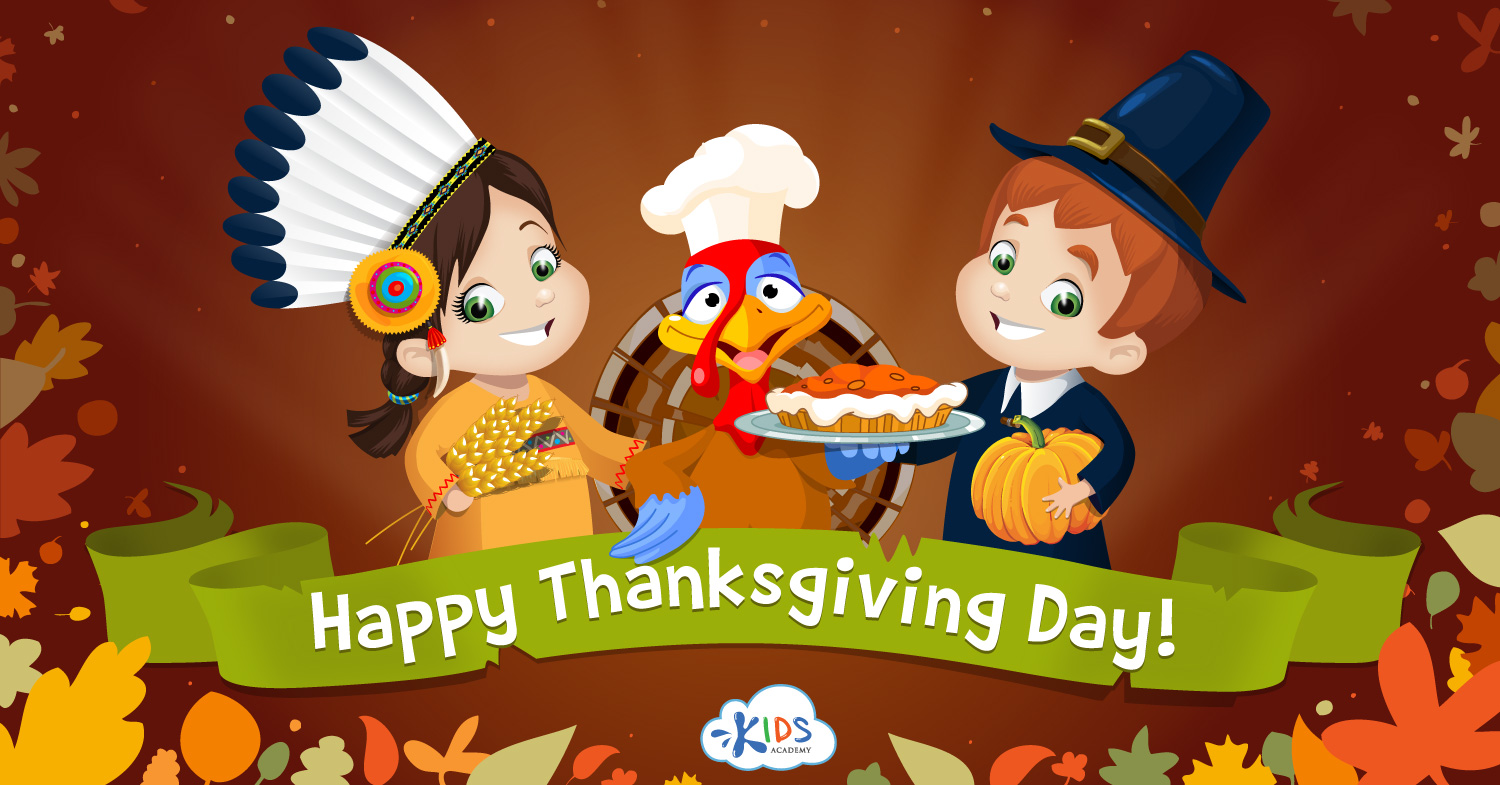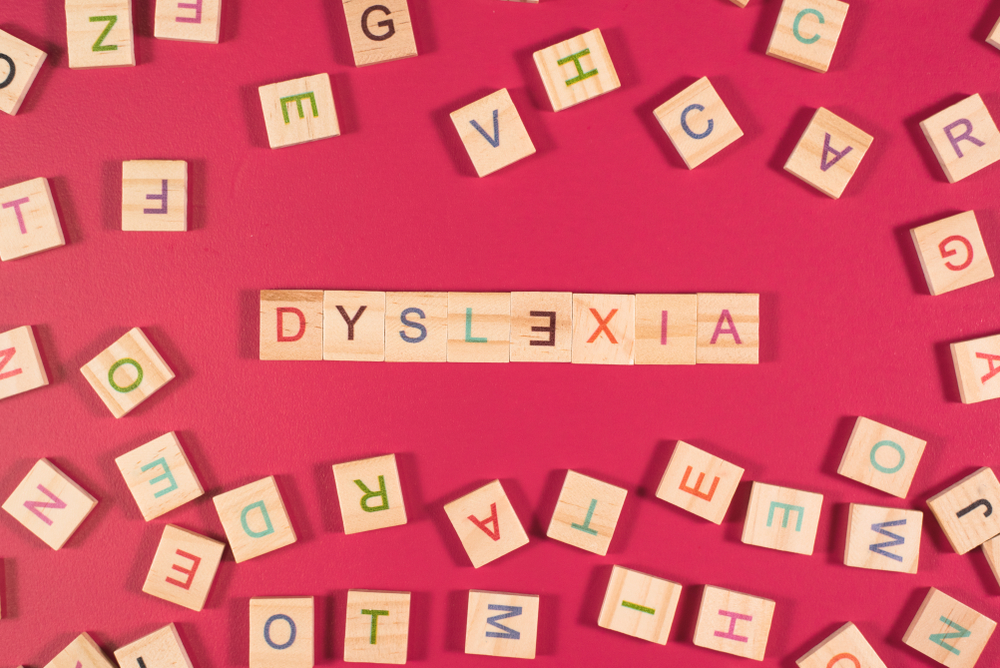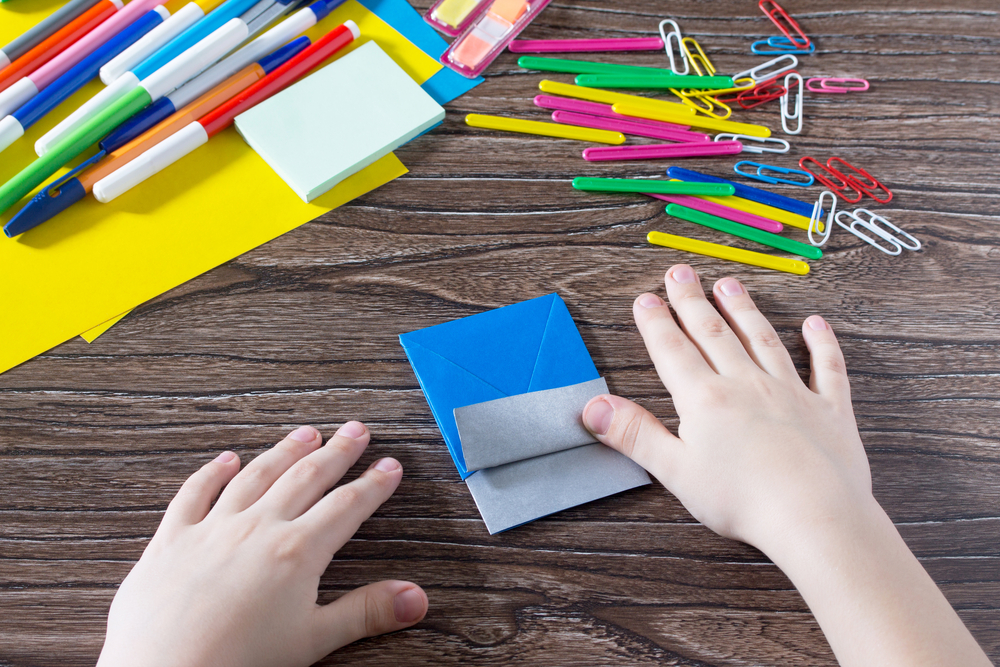Promotes mathematical reasoning Worksheets for Kids
1 filtered results
-
From - To


What Makes 12? Worksheet
Question/Answer
What are some effective activities to train students’ Promotes mathematical reasoning skill when teaching them about Addition & Subtraction?
To promote mathematical reasoning in addition and subtraction, engage students in word problems that require them to apply these operations in real-life contexts. Use manipulatives, such as counters or blocks, for hands-on understanding. Encourage the use of number lines for visualization. Incorporate estimation activities to build number sense.
What does the Promotes mathematical reasoning skill mean when it comes to Kindergarten Addition & Subtraction learning?
Promoting mathematical reasoning skills in Kindergarten Addition & Subtraction learning means encouraging children to understand and apply basic principles of math, not just memorize facts. It involves teaching them to think about the 'why' and 'how' behind adding and subtracting, fostering a deeper comprehension and ability to solve problems logically and creatively.
How to test a Kindergarten student’s Promotes mathematical reasoning skills?
To test a kindergarten student's mathematical reasoning skills, use simple problem-solving tasks involving counting, pattern recognition, basic addition or subtraction, and sorting objects by size, shape, or color. Observe their approach to solving these problems, their ability to explain their reasoning, and their use of mathematical language to describe how they arrived at their answers.
 Assign to the classroom
Assign to the classroom












